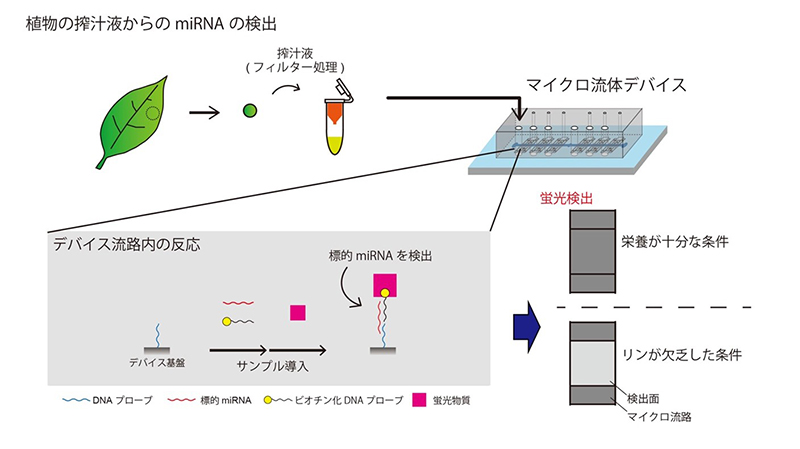2024-04-05 シンガポール国立大学(NUS)

<関連情報>
- https://news.nus.edu.sg/battling-cancer-treatment-resistance/
- https://aacrjournals.org/bloodcancerdiscov/article/doi/10.1158/2643-3230.BCD-24-0001/735047/Acquired-Multidrug-Resistance-in-AML-Is-Caused-by
急性骨髄性白血病における後天性多剤耐性は、再発骨髄芽細胞におけるアポトーシス・プライミングの低下によって引き起こされる Acquired Multidrug Resistance in AML Is Caused by Low Apoptotic Priming in Relapsed Myeloblasts
Elyse A. Olesinski;Karanpreet Singh Bhatia;Chuqi Wang;Marissa S. Pioso;Xiao Xian Lin;Ahmed M. Mamdouh;Shu Xuan Ng;Vedant Sandhu;Shaista Shabbir Jasdanwala;Binyam Yilma;Stephan Bohl;Jeremy A. Ryan;Disha Malani;Marlise R. Luskin;Olli Kallioniemi;Kimmo Porkka;Sophia Adamia;Wee Joo Chng;Motomi Osato;David M. Weinstock;Jacqueline S. Garcia;Anthony Letai;Shruti Bhatt
Blood Cancer Discovery Published:March 04 2024
DOI:https://doi.org/10.1158/2643-3230.BCD-24-0001
Abstract
In many cancers, mortality is associated with the emergence of relapse with multidrug resistance (MDR). Thus far, the investigation of cancer relapse mechanisms has largely focused on acquired genetic mutations. Using acute myeloid leukemia (AML) patient-derived xenografts (PDX), we systematically elucidated a basis of MDR and identified drug sensitivity in relapsed AML. We derived pharmacologic sensitivity for 22 AML PDX models using dynamic BH3 profiling (DBP), together with genomics and transcriptomics. Using in vivo acquired resistant PDXs, we found that resistance to unrelated, narrowly targeted agents in distinct PDXs was accompanied by broad resistance to drugs with disparate mechanisms. Moreover, baseline mitochondrial apoptotic priming was consistently reduced regardless of the class of drug-inducing selection. By applying DBP, we identified drugs showing effective in vivo activity in resistant models. This study implies evasion of apoptosis drives drug resistance and demonstrates the feasibility of the DBP approach to identify active drugs for patients with relapsed AML.
Significance:
Acquired resistance to targeted therapy remains challenging in AML. We found that reduction in mitochondrial priming and common transcriptomic signatures was a conserved mechanism of acquired resistance across different drug classes in vivo. Drugs active in vivo can be identified even in the multidrug resistant state by DBP.


